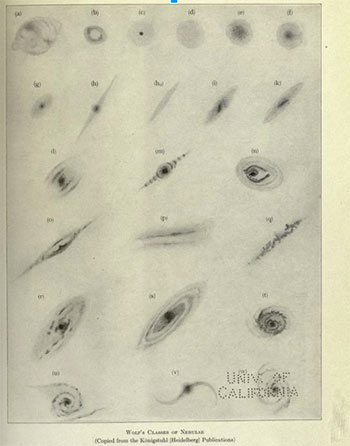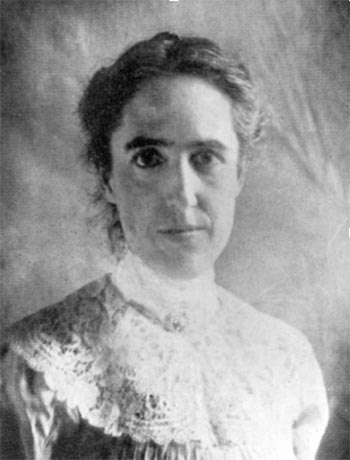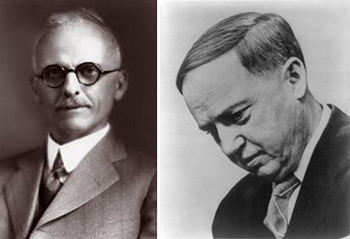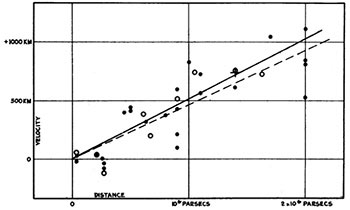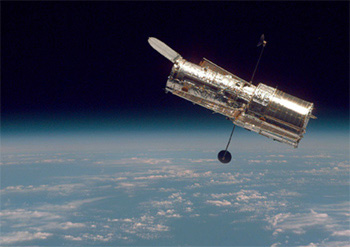The measurement of the motions of nebulae and galaxies revealed the extreme speeds by which they are moving away from us due to the expansion of the Universe. These measurements are made by noting the shift in wavelength of light due to the Doppler Effect, only observable via a spectrum, where the light of a distant galaxy is subdivided into the contributions of different wavelengths (like a prism). Spectroscopic observations by many astronomers, who were not aware or looking for evidence of an expanding Universe (including Edwin Hubble) ultimately resulted in the discovery of a linear relationship between distance and the speed of recession away from us, now known as Hubble’s Law. Several guestbook signatories published important new observations on this work, including George Paddock in 1916, Willem de Sitter in 1917 and 1930, Harlow Shapley in 1919, Knut Lundmark in 1920, 1924, 1925, Edwin Hubble in 1929, 1931, and Jan Oort in 1931.
Other astronomers who made spectroscopic observations of the expansion of the Universe:
View
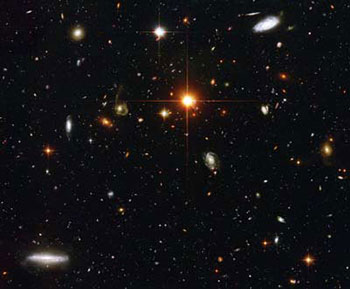
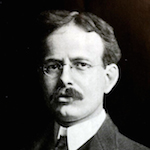 George E. Hale
George E. Hale Vera Gushee
Vera Gushee Harriet McWilliams Parsons
Harriet McWilliams Parsons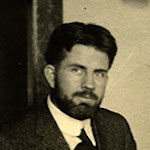 Philip Fox
Philip Fox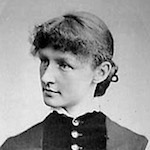 Annie Jump Cannon
Annie Jump Cannon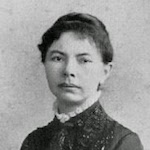 Sarah Frances Whiting
Sarah Frances Whiting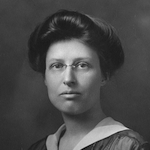 Margaret Harwood
Margaret Harwood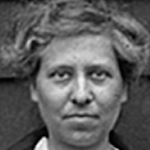 Helen Swartz
Helen Swartz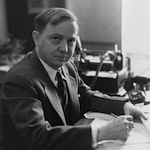 Harlow Shapley
Harlow Shapley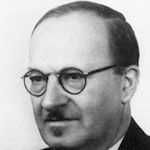 Knut Lundmark
Knut Lundmark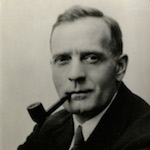 Edwin Hubble
Edwin Hubble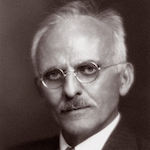 Heber Curtis
Heber Curtis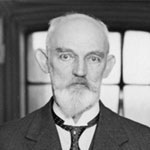 Willem de Sitter
Willem de Sitter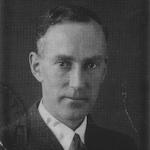 Jan Oort
Jan Oort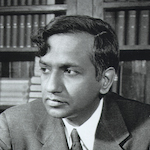 Subrahmanyan Chandrasekhar
Subrahmanyan Chandrasekhar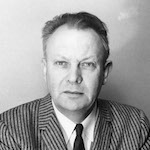 Gerard Kuiper
Gerard Kuiper